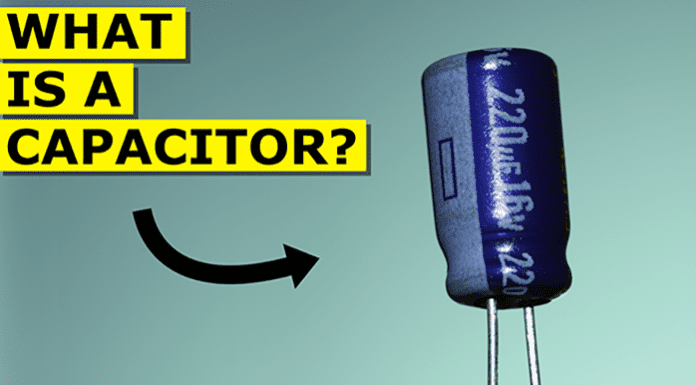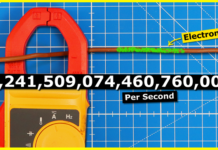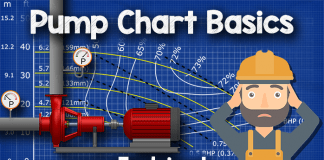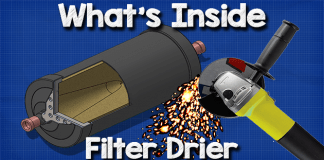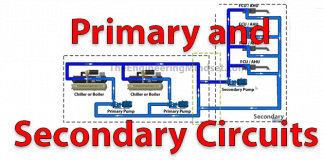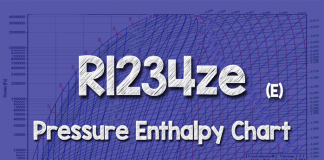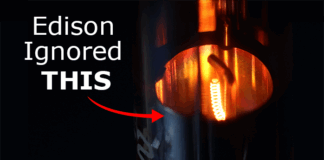What is a capacitor, in this short article we learn the basics of what a capacitor is so you can recognise them in circuit boards.
Scroll to the bottom to watch the YouTube tutorial.
A capacitor stores an electric charge. It’s a little bit like a battery except it stores energy in a different way. It cant store as much energy as a battery, although it can charge and release its energy much faster. This is very useful and that’s why you’ll find capacitors using almost every circuit board in electrical circuits. The capacitor acts as the water tank and stores energy. It can release this to smooth out interruptions to the supply. If we turned a simple circuit on and off very fast without a capacitor then the light will flash. But if we connect a capacitor into the circuit then the light will remain on during the interruptions. At least for a short duration because the capacitor is now discharging and powering the circuit.
Inside a basic capacitor we have two conductive metal plates which are typically are made from aluminium. These will be separated by dielectric insulating material such as ceramic. Dielectric means the material will polarize when in contact with an electric field.

